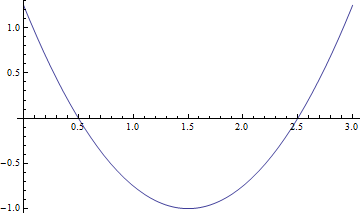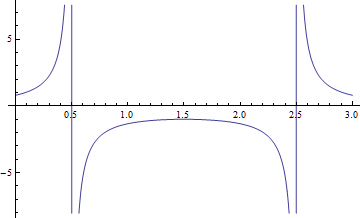Tunnel diode oscillator with series RLC
时间:04-06
整理:3721RD
点击:
It is said that negative resistance devices must use a series LC oscillator while a negative conductance device, e.g. a tunnel diode, must use a parallel LC oscillator. However, focusing on negative conductance device, the conductance vs voltage (across the tunnel diode) may be modeled as a (U) parabola as shown below. The minimum is the negative conductance of the device (at optimally biased). With a parallel LC oscillator (and the tunnel diode optimally biased), the oscillation amplitude will increase until the negative conductance decreases (i.e. more positive) and balanced by the positive conductance in the (lossy) oscillator.
Inverting the conductance gives the resistivity and is shown below.
Now, with a series RLC oscillator, where R is smaller than the magnitude of the negative resistance (so oscillation should be able to start) and the tunnel diode is assumed biased (as in the parallel case above), will there be any oscillation with such a series RLC? If there is any response to the RLC at all, what will be observed? (The negative resistance will increase with amplitude if oscillation is possible and the amplitude would diverge.)

Inverting the conductance gives the resistivity and is shown below.

Now, with a series RLC oscillator, where R is smaller than the magnitude of the negative resistance (so oscillation should be able to start) and the tunnel diode is assumed biased (as in the parallel case above), will there be any oscillation with such a series RLC? If there is any response to the RLC at all, what will be observed? (The negative resistance will increase with amplitude if oscillation is possible and the amplitude would diverge.)
